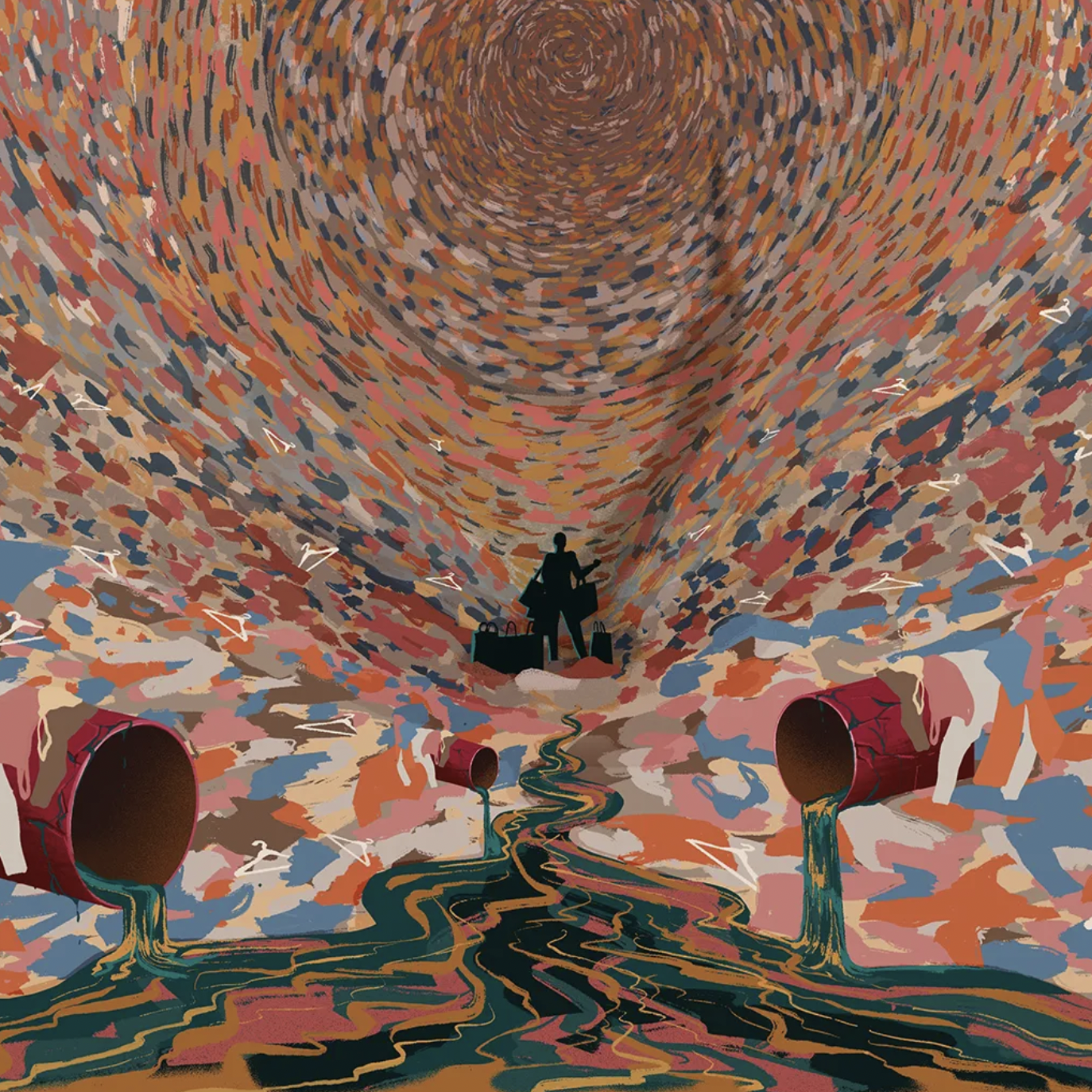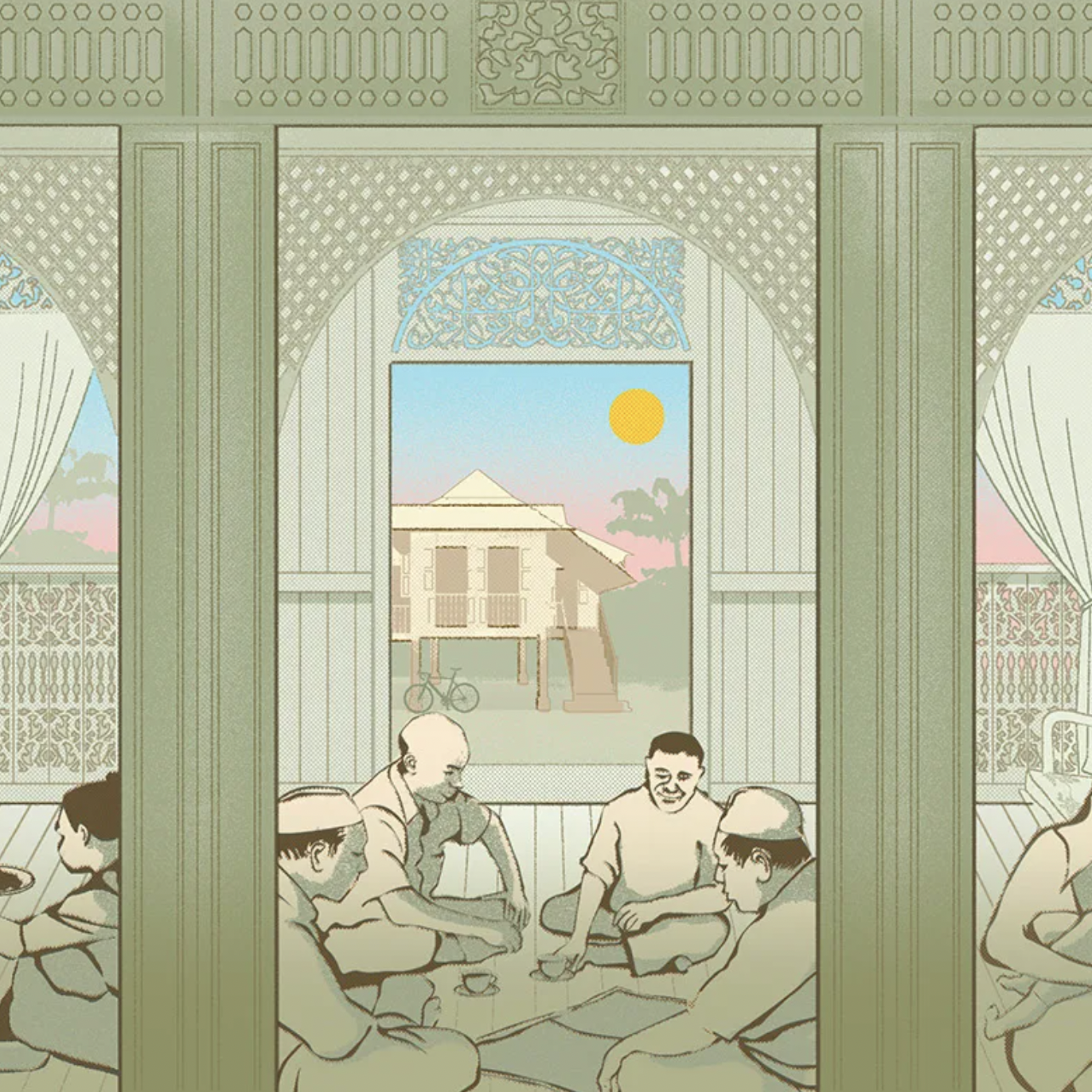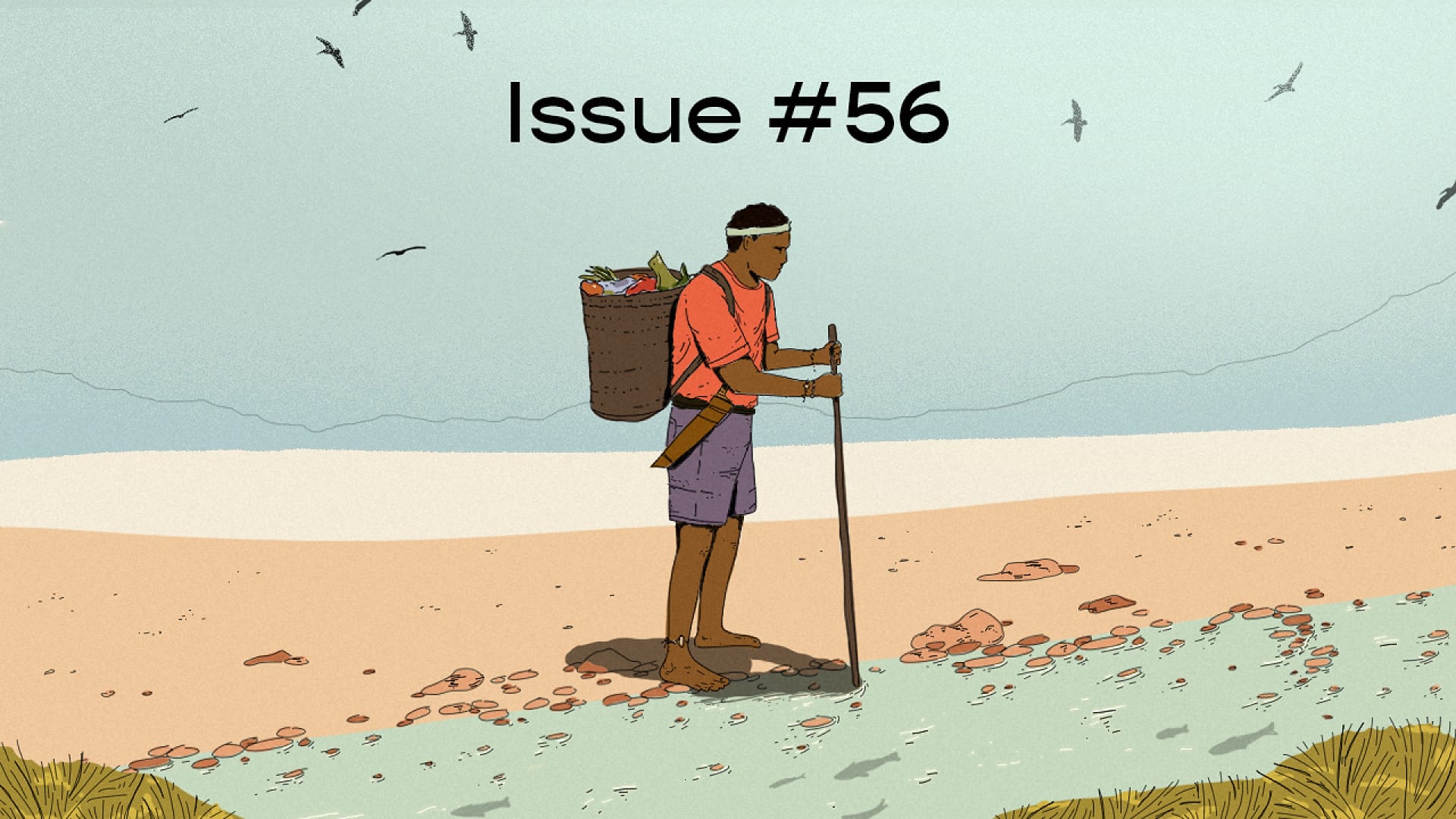
The art of abundance — issue #56
I’ve been thinking a lot about what Pei Ying wrote in our last newsletter on refusal. These thoughts come on the back of growing research on the impact of Artificial Intelligence (AI) on the environment: a search on ChatGPT consumes 25 times more energy than a Google search, and half a litre of water for every 20 to 50 queries. That’s just ChatGPT. Many of today’s technologies—including green tech—that promise us efficiency and convenience, are connected to extractive and exploitative practices in various parts of the globe.
How do I refuse these systems? What other options do I have? In the book Braiding Sweetgrass, Robin Wall Kimmerer captures my anxieties more eloquently: “How can we begin to move towards ecological and cultural sustainability if we cannot imagine what the path feels like?”
Many years ago, I stayed with an indigenous Iban community in West Kalimantan. I was there to report on how they had just won rights to their ancestral land, after a 40-year struggle for recognition from the Indonesian government and fierce resistance against illegal encroachers. There in the middle of 10,000 hectares of virgin rainforest in Indonesia’s hinterland, I saw a way of life that had survived and thrived outside the extractivist and capitalist paradigm that’s become the status quo in many societies. This was true resistance, I remember thinking.
There was so much to learn from this community: how they had refused bribes from companies wanting to buy off their land, how they had protected the rainforest, leaving most of it untouched, and how they had no interest in commodifying their hand woven wares, choosing instead to pass them down to the next generation. Just as nature was deeply intertwined with their culture, their daily rituals of weaving and intergenerational knowledge-sharing was a form of cultural survival.
Despite threats to their existence, the tribe continued to live based on the concept of abundance, tapping into their rich ancestral knowledge, and not taking more than they needed from their environment. This was antithetical to what I had learnt in modern economics, with a world of unlimited wants and scarce resources, where the solution to our problems seemed rooted in producing more, bigger, or better. The Iban showed that there are alternative paths worth (re)turning to, rooted in abundance, balance, and interconnectedness.
How do you re-imagine the world? Write to us at hello@kontinentalist.com. We’d love to hear your thoughts.

BTS
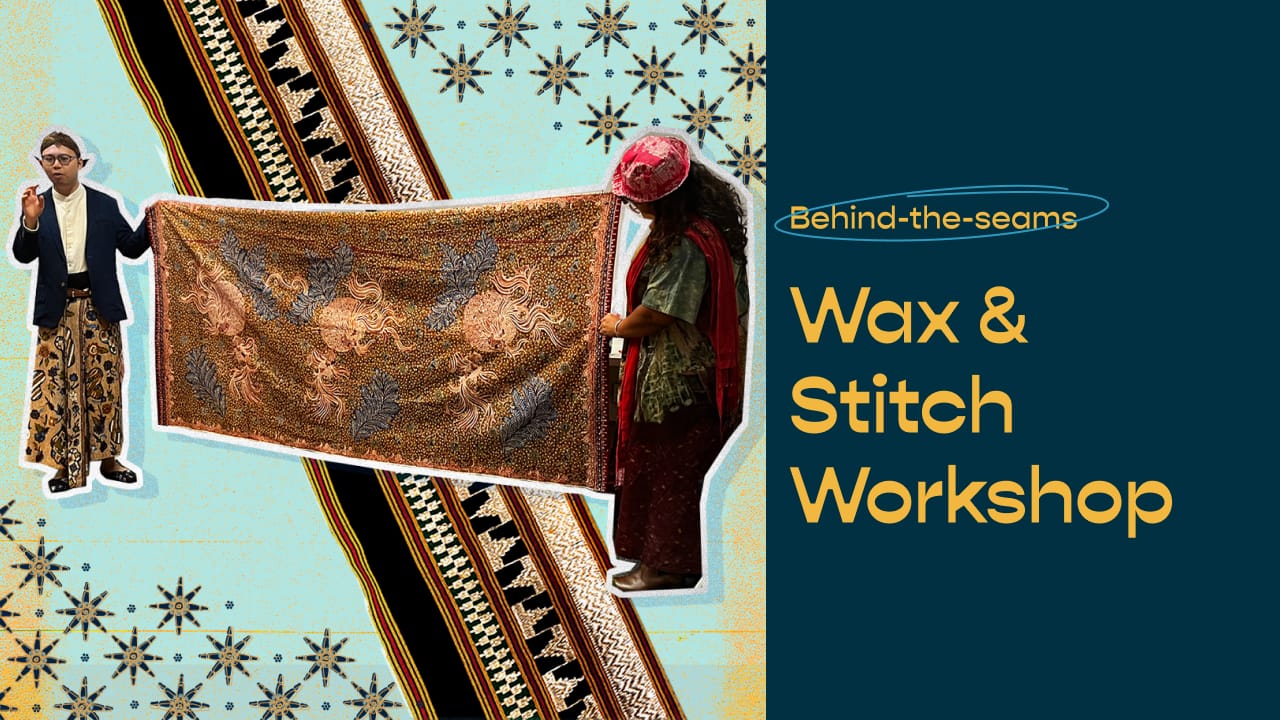
Last month, we held our first batik storytelling workshop alongside Singapore’s batik connoisseur Hafiz Rashid, who came ready with a treasure of knowledge and his prized collection of handmade batiks. We got to learn about the colourful history of Asian textiles, and discussed the impact of colonialism on the development of age-old traditions. Read more to find out how it went!
more from us...
Fast fashion is generating tons of waste in Southeast Asia. Thankfully, it’s never been easier to find more sustainable alternatives.
What can the modern building industry learn from Asia’s climate-friendly, traditional architecture?
Kawan Special
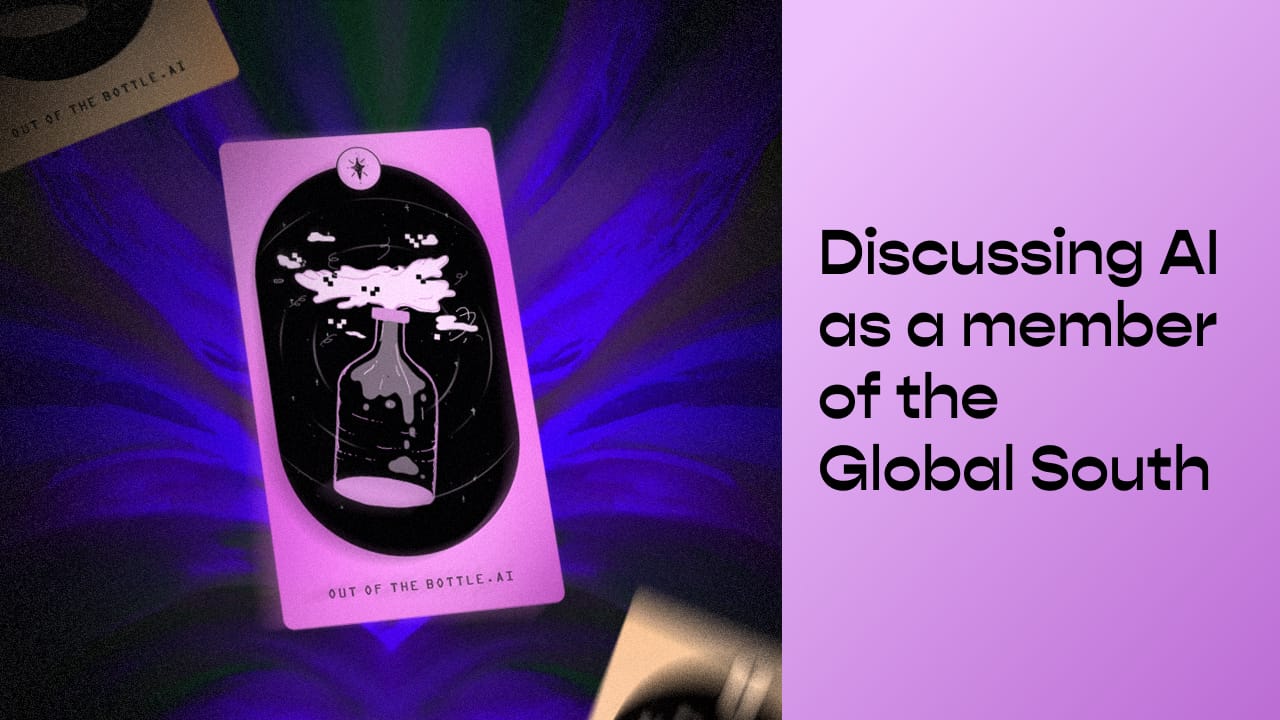
What happens when you put an AI-sceptic on a panel of media professionals working on AI? At Media Freedom Lab’s “Decolonising AI” panel in London, our Editorial Lead Nabilah Said talks about how Big Tech reinforces colonial systems, the power of saying “no”, and what that means for us as a data-driven company based in Singapore.
Stuff we love
↗ Celebrate Palestinian heritage with Tirazain, a digital library which archives tatreez motifs and makes design files accessible to the public.
↗ What would your data look like if they were turned into everyday items? In this podcast by Data Stories, Alice Thudt talks about her data pottery project 'Life in Clay'.
↗ Working with rural and indigenous craftspeople , Malaysian artist Evey Kwong explores craft-based technology by connecting with the origins of material knowledge, humans, and the environment.
↗ Check out Terrastories, a free open-source app designed for indigenous and local communities to map their land and share place-based stories.
Did you know?
Labu sayong: the old-school water cooler
Labu sayong: the old-school water cooler
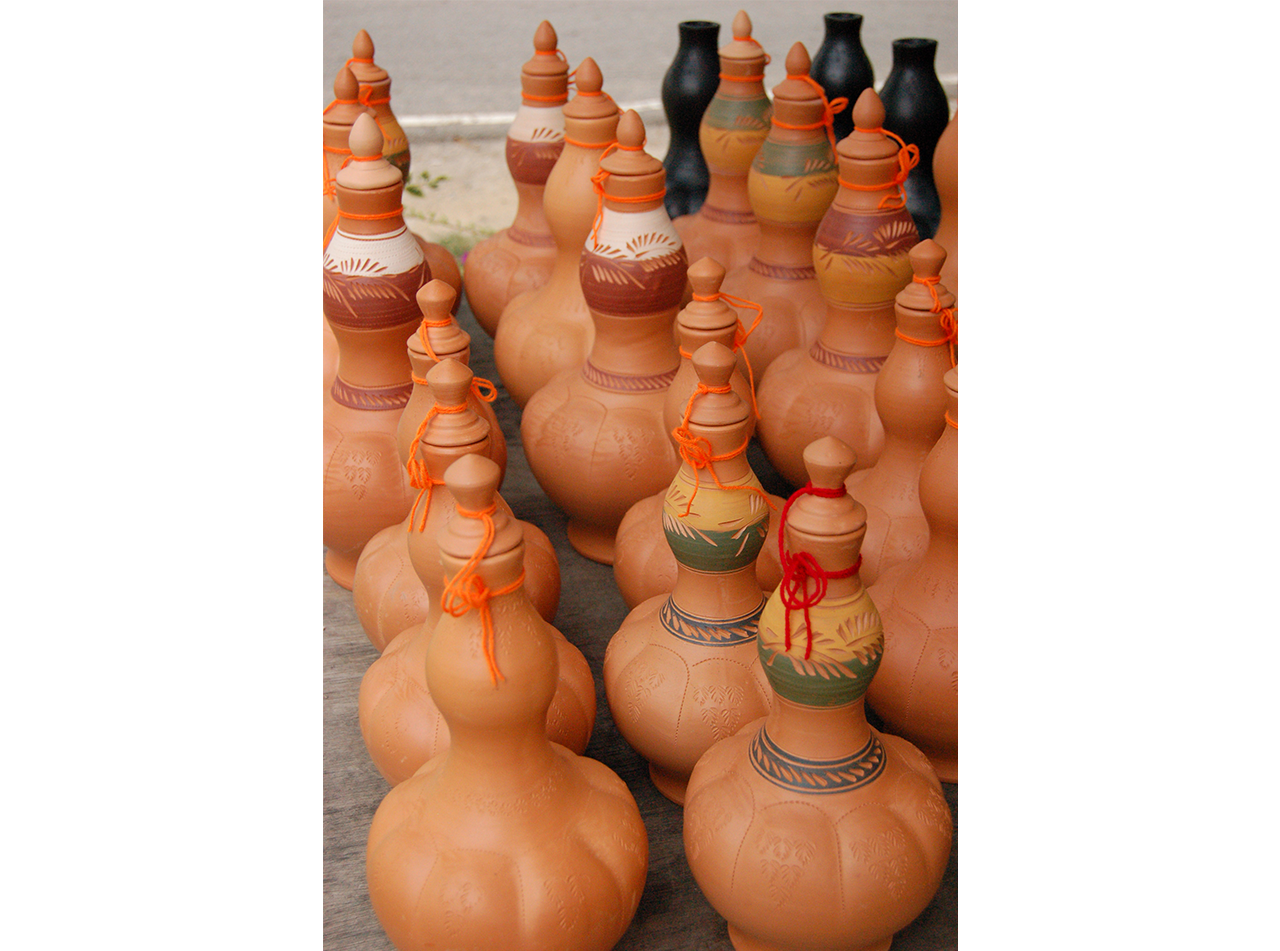
A “labu sayong” is a traditional clay water pitcher originating from the Sayong area in Kuala Kangsar in Perak, Malaysia. These pitchers have a gourd-like shape, tracing back to when Malays used gourds and pumpkins to store water. The clay material and shape of the pitcher cools water, while its medicinal properties help treat coughs and fevers. Labu sayong pitchers come in various designs with intricate patterns. There is a surviving ceramic enterprise in Kuala Kangsar whose crafters still practise the tradition of moulding the labu sayong by hand.

